| Plant Habit: | Tree |
| Life cycle: | Perennial |
| Sun Requirements: | Full Sun Full Sun to Partial Shade |
| Water Preferences: | Wet Wet Mesic Mesic |
| Soil pH Preferences: | Slightly acid (6.1 – 6.5) |
| Minimum cold hardiness: | Zone 6a -23.3 °C (-10 °F) to -20.6 °C (-5 °F) |
| Maximum recommended zone: | Zone 9b |
| Plant Height: | 60-100 feet |
| Plant Spread: | 60-70 feet |
| Leaves: | Deciduous Other: the leaves fall late into winter providing color at that time |
| Fruit: | Edible to birds Other: Biennial |
| Fruiting Time: | Late summer or early fall Fall |
| Flowers: | Inconspicuous |
| Flower Color: | Brown Yellow Other: catkins - yellow to brown |
| Bloom Size: | Under 1" |
| Flower Time: | Spring |
| Underground structures: | Taproot |
| Uses: | Shade Tree Will Naturalize |
| Edible Parts: | Fruit |
| Dynamic Accumulator: | K (Potassium) |
| Wildlife Attractant: | Birds Butterflies |
| Resistances: | Flood Resistant Humidity tolerant |
| Propagation: Seeds: | Sow in situ |
| Pollinators: | Wind |
| Containers: | Not suitable for containers |
| Miscellaneous: | Monoecious |
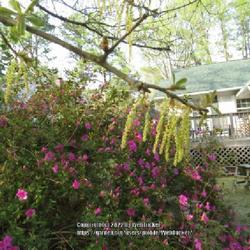

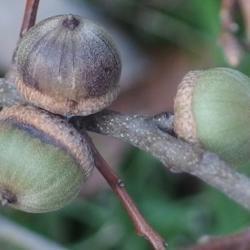
![Date: c. 1865
illustration [as Q. aquatica] from Michaux's 'North American Sylv
Date: c. 1865
illustration [as Q. aquatica] from Michaux's 'North American Sylv](/pics/2022-08-08/scvirginia/c2ced9-250.jpg)


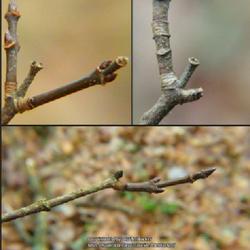
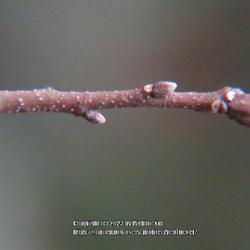
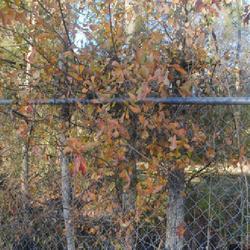
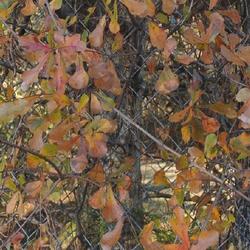

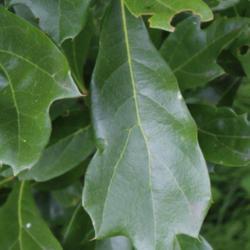
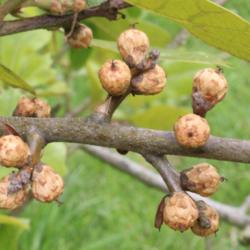
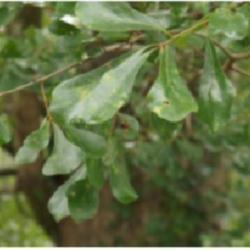
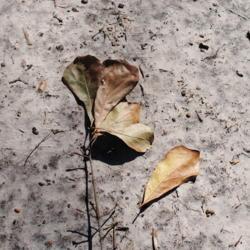
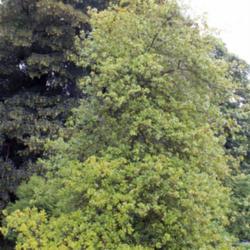

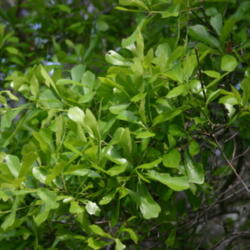
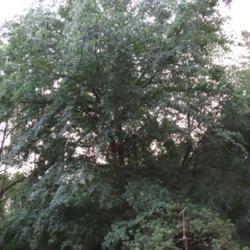

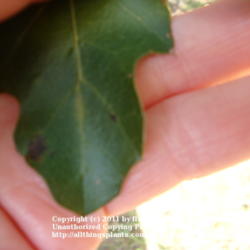
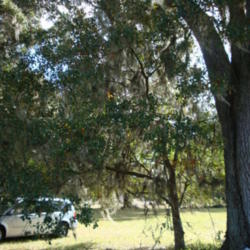
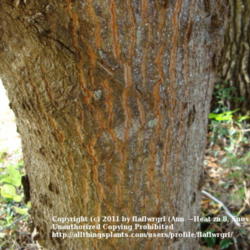
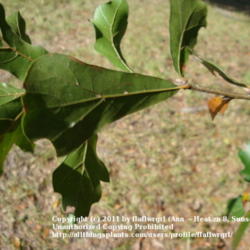
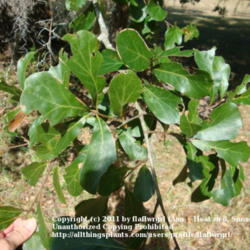
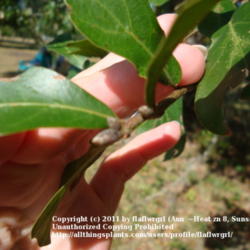

| WebTucker | On May 17, 2022 | Bloomed |